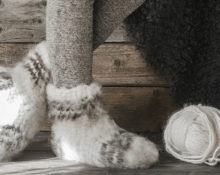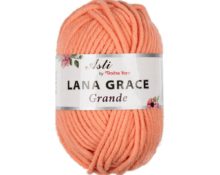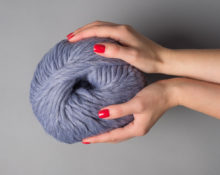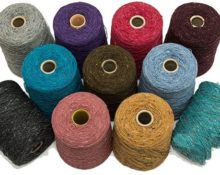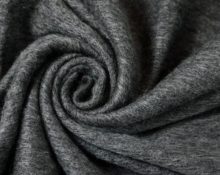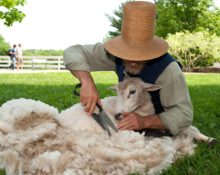Different breeds of sheep and other animals can produce yarn with completely different properties. This depends not only on the breed and habitat of the animal, but also on the structural features of the body and other characteristics. Some livestock breeders specially raise one or another breed of animal in order to obtain fleece of a certain quality. This allows the production of good quality wool for yarn production.
Crossbred wool - what is it?
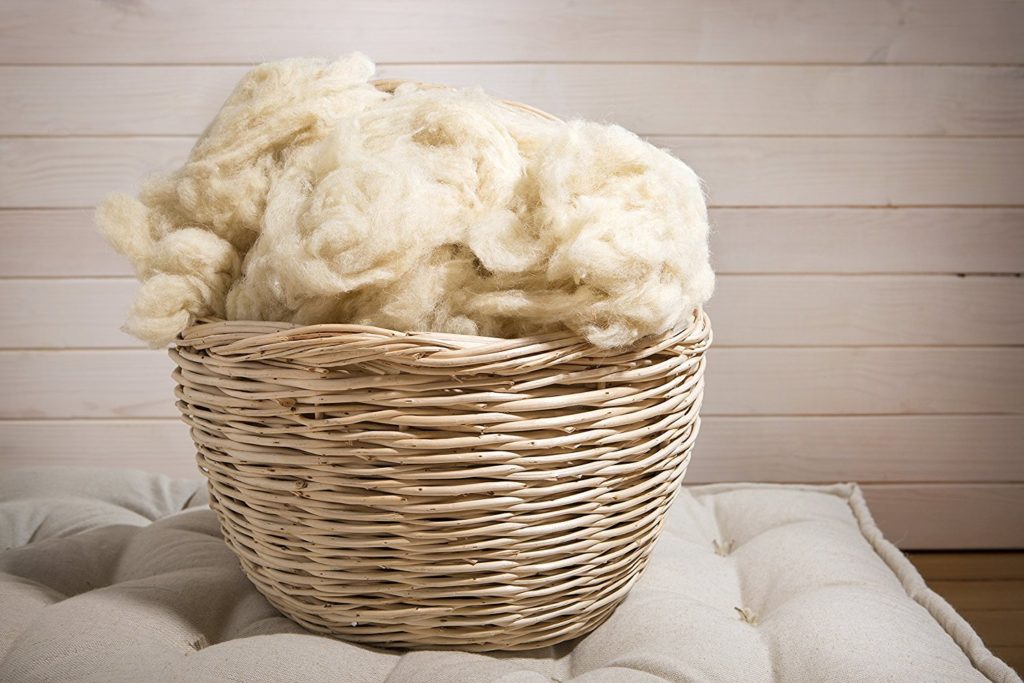
The term "crossbred" comes from a mixture of two English words "cross" which translates as "crossbreed" And "breed" – "breed". Thus, Crossbred wool is the shearing of sheep of mixed breeds.
The highest quality wool is from New Zealand and Australia. There, sheep breeders specially breed mixed breeds of animals to produce soft, elastic and high-quality natural yarn.Equally popular are raw materials from the USA and Argentina, where crossbred sheep are also raised.
There is no production of this type of raw material throughout the entire territory of the former USSR and Western Europe. The exception is Kazakhstan. Sheep farmers do not breed mixed breeds to obtain a distinctive fiber.
Description, properties and advantages
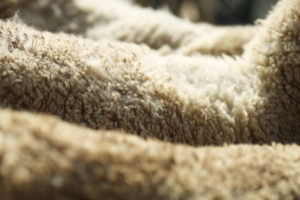
Crossbred wool has a number of distinctive features that make it in demand in relation to other types of fibers:
- length (wool from mixed breed sheep has an elongated pile from 12 to 17 cm);
- color (a beautiful white shade requires only high-quality cleaning from fine dirt; when painting there is no need for additional bleaching);
- shine (the noble luster shine distinguishes this type of fiber from others).
In addition, experts note that crossbred hair stands out for its resilience, elasticity and unusual wavy pile. Products made from such raw materials are soft and very durable, wear well and do not shrink during washing.
Beautiful sweaters, jackets, and gloves are made from this material. Socks and other everyday items. It is also suitable for felting.
In addition to its beauty and elasticity, crossbred wool has increased thermal insulation properties. Products made from such yarn retain heat well even in the most severe winter frosts. Due to its porous structure, the yarn allows moisture to pass through well, removing it from the body, while remaining dry.
The weak point of crossbred wool
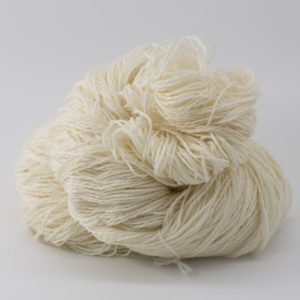
This variety has a semi-rough or coarse texture, which significantly limits its use in needlework. The fibers are soft, but not thin enough and not too pliable. To make items for everyday wear.Many needlewomen try to diversify their wardrobe, including with the help of crossbred items, but it is always quite difficult to predict the result.
The main color of the crossbred is white with clear, sinuous fibers of sufficient length. But it may also contain colored fibers, which somewhat spoil the bright and noble color of the yarn. If this point is not important, you can safely use the fiber for your own personal purposes.
What is made from crossbred wool?
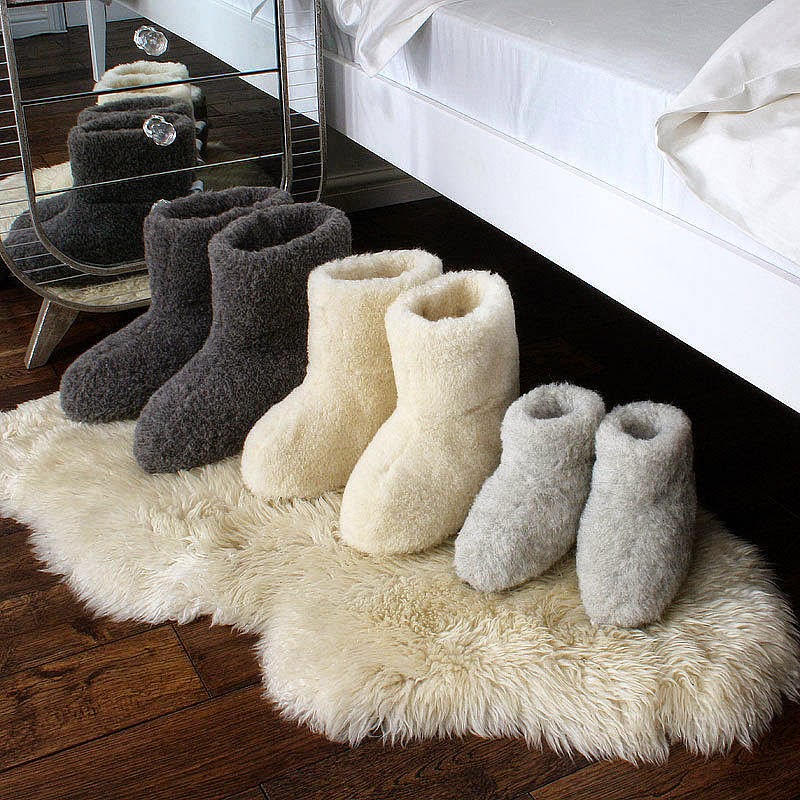
A variety of fiber obtained from mixed breeds of sheep is proposed to be used for personal needs, as raw material for knitting various items:
- carpets and other home decorations;
- casual wear;
- scarves, gloves and hats;
- capes, scarves and stoles.

Crossbred fabric is widely used in knitting clothes for home and everyday wear, as well as in the production of carpets and rugs. This is the most common use for this type of wool.
Home textiles and crossbred rugs are an excellent option for home improvement. Environmentally friendly, natural material looks great indoors and does not harm household members.
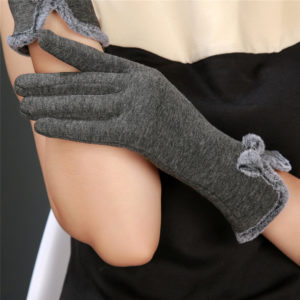
The thinnest thread of this variety is used for knitting hats and scarves for the autumn-winter period, as well as sweaters, cardigans and other wardrobe items. They reliably protect from the cold in any situation and look quite beautiful thanks to the shine and color of the thread.
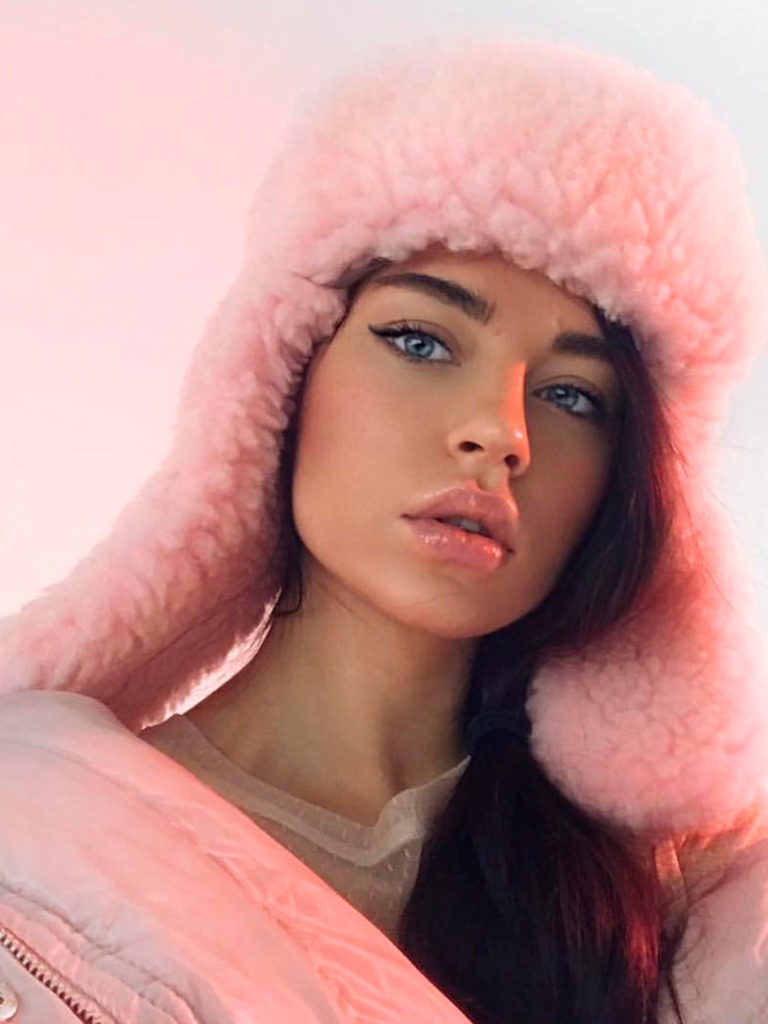


 1
1